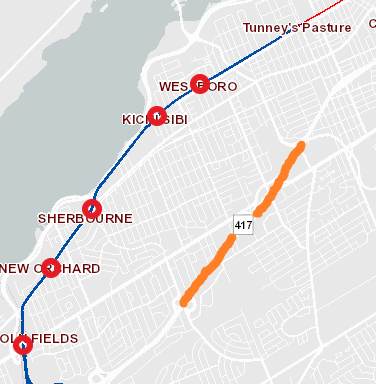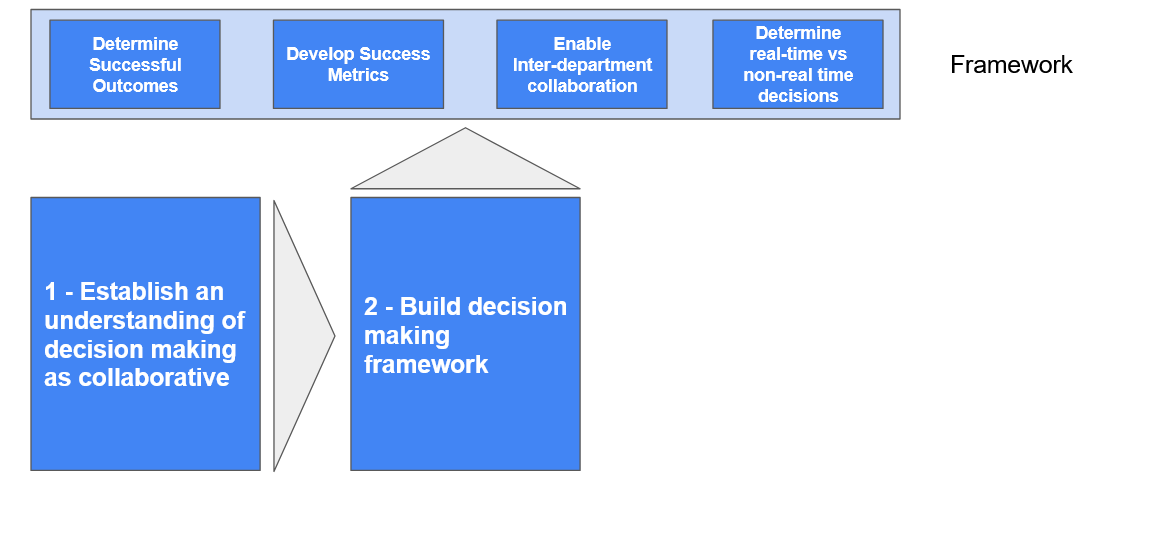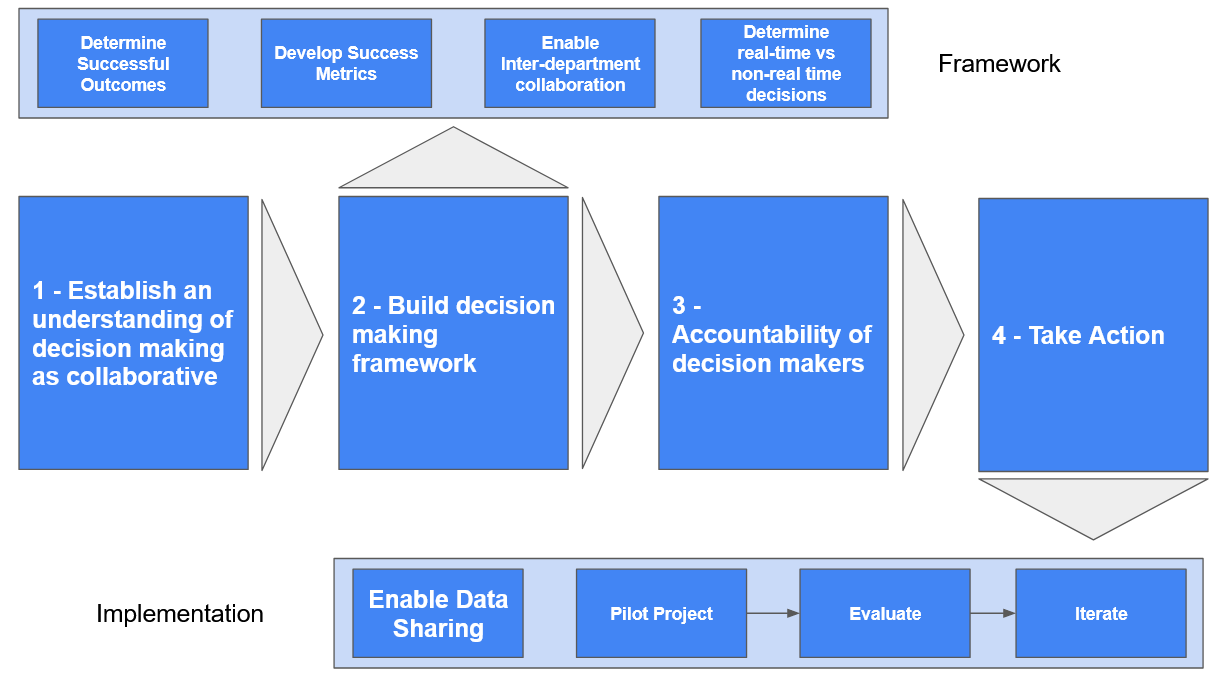In physics, Newton's Third Law "every action has an equal and opposite reaction" describes the action of forces on interacting objects.
While this law describes only the action-reaction forces on physical objects, the idea behind it is applicable almost anywhere. Any decision made (action) has consequences (reactions). Those consequences can be felt immediately or over a long period of time; they can be obvious or difficult to identify.
It sometimes feels like the consideration of project impacts (reactions) is lacking in government policy decisions. Yes, it is a monumental task to bring together the variables to identify the potential consequences of any decision. But a government that could bring these together could make better decisions that benefit society through finding new efficiencies.
I'll start with an example of the flow of consequences from a seemingly simple decision.
Let's say a provincial government has identified that a mid-sized city A has a significant proportion of residents commuting to work in a much larger city B nearby. These residents spend a long time sitting in traffic on regular streets.
The government decides the best fix is to build out a freeway between the two cities.
Immediate Consequence: The commute time for those workers commuting from city A to city B is reduced.
was probably promised by the government of the day that announced the highway, commute times are much quicker. However, this immediate, positive consequence, is only the first in a long chain of spin-off consequences that will span generations.
- By the law of induced demand, as supply increases demand also increases, the freeway is soon just as clogged with car traffic as the original roads.
- Due to factors in the housing market, people realize housing is cheaper in city A than B, and move to city A, thus adding more users to the highway.
- As traffic increases and commute times lengthen, the amount of time spent commuting and the stress levels of these commuters increase.
- Long commutes to and from work lead to a more sedentary lifestyle in city A, and this combined with stress leads to worse health outcomes and a strain on the healthcare system.
- Air quality is reduced in City A and in any areas along the new freeway. More negative health outcomes over the years are exposed.
- The fossil-fuelled cars and trucks using the road contribute to global warming a little at a time, leading to future local weather problems like droughts, heatwaves and increased tornado risks, and increased global weather problems like more frequent and powerful hurricanes devastating coastal nations.
As we can see, the consequences of any decision, especially one as "concrete" as building a highway, echo across generations. Let's visualize it with a tree.

Many Canadians love to complain about the high tax rate, yet strangely this complaining never leads to an investigation of building more efficient systems overall. Did you notice how in the example above, the tree begins and ends with costs?
The government pays to build the highway. The economy loses money as commutes lengthen. And lastly, the health care system pays for decisions made decades earlier and the country pays for damages as global-warming drives more extreme weather events.
While obvious in hindsight, it is truly a monumental task to correctly predict the consequences of current and future decisions, especially if there is no precedent. Today, we could accurately model the consequences of building a new highway, if the data was shared between different levels and departments of government.
Easier said than done right.
Building more efficient systems for society overall first require policy-makers to determine what success looks like. Cost-savings is an obvious successful outcome, but how about improved health and happiness outcomes population-wide?
And with the amount of data collection only growing, can it be put front and centre, driving more efficient systems across the country?
I propose a four step approach to build a solution that involves expanded collaboration between governments, changing the decision-making process using data.
Step 1
The first step is for policy-makers to step back, and acknowledge that decision making does not happen in a vacuum. The bigger picture needs to be considered, especially when large amounts of tax payer money are spent.
A great example of decision making in a vacuum is the Ontario Government's decision to partially fund Ottawa Phase 2 Light-Rail Westward, to the tune of $1.2 billion. This was committed to by the Liberal government, and confirmed by the Conservative Government that took power in the next election. Around the same time, the Government announced $95-million in funding to expand the 417 to four lanes parallel to the Light-Rail line .

Difficult to say if there was any impact analysis done on rail vs auto trips, especially considering the widening comes from a plan decided on years before the light rail plan was finalized.
Now, there are already some considerations around the impacts of a project. This is especially visible around major infrastructure projects, where analyses like Environmental Assessments are conducted. When developers propose a building, the city also studies items like the potential traffic impact. Unique to Ottawa, the NCC sometimes considers the view-plane of Parliament Hill for proposed developments around the core. However, it should be noted that all of these considerations are typically looking at immediate outcomes of a project, rather than the long term outcomes.

Step 2
The second step is to build a framework around decision making that enables it, while measuring for overall impacts and key outcomes across the board. Decisions will need to work through not only one department, but also solicit input from other government sources. In the end, the decision should be made that maximizes the agreed upon outcomes.

This step should not paralyze decision making, but rather open it up to critique, and ensure that the fairest, most overall efficient outcomes are created. Remember, decisions have both understood up-front costs, and oft-unanalyzed future costs. Decision making would now explicitly take these into account, and make determinations based on the most cost-efficient overall decision.
Part of this framework should also have provisions to handle decisions that need to happen in near real-time, for example the decisions that were made at the start of the Covid-19 pandemic. Governments didn't have time to dither when it became clear the disease was spreading quickly. They acted decisively, locking down much of the country. These types of decisions should still be allowed, but the provisions should make a point of identifying as much as possible in what cases this kind of singular decision making can occur (like when thousands of lives are threatened).

Governments will need to establish the outcomes they are aiming for, and the metrics they will use to measure them within this framework.
Step 3
The third step is about holding decision makers accountable. There's always going to be a reason why a decision is different than others and thus does not need to follow the same standards. The point of all decisions going through this process is to avoid this kind of erosion of the framework. It's not about how the decision maker sees it, but how it fits into a holistic picture of the government's actions.
Achieving this is difficult, but not impossible if the above framework is baked into how decisions are made. If prior to voting on an act or item, depending on what level of government, elected officials can view the projected short and long term risk and costing across the entire system, they will be much more prepared to debate the merits of a certain project.

Step 4
The last step is to put the plan into action. This is obviously a project with a long horizon, as decisions made at every level of government impact one another. It will also require a massive change in data sharing across department's and levels of government, not to mention people to use this data to create the projections.
Keep in mind that data sharing is a complex operation, and privacy is a foremost concern when it comes to government-held data sources. While data-sharing of full datasets may never be possible, this does not mean data sharing can never occur. As each government department is staffed by experts in their field, data-sharing could be as simple as each contributing partner department running models to evaluate a proposed project, and submitting those to the project evaluation committee.

Unlocking the power of data to make impactful, long-term decisions, relies on this critical step.
An iterative approach relying on pilots at a lower (read municipal) level, would be one way to get this type of strategy off the ground and into practice. The pilot project would be evaluated at the end, and lessons learned would be applied to the next project. This iterative approach would allow the gradual build out and perfecting of the framework.

Ultimately, I want to see our governments use our tax dollars to maximum effect. I also want to see our governments take responsibility for how their actions within the systems they build and maintain contribute to reactions big and small across the world. Making effective use of data while expanding collaboration and considerations in decision-making is one method to make this happen.